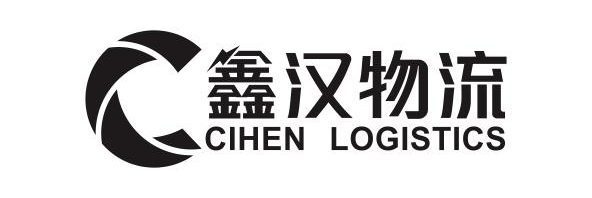The following is a professional article about sea freight consolidation freight forwarders, combined with industry status, operational processes, and customer value, for reference:LCL Freight Forwarder: The Global Logistics Choice for Small and Medium sized Enterprises——Reduce costs and increase efficiency, solve the problem of exporting scattered goodsAgainst the backdrop of fragmented global trade and rapid development of cross-border e-commerce, Less than Container Load (LCL) has become the preferred solution for small and medium-sized shippers to export scattered goods due to its flexibility and cost advantages. This article analyzes the core values and operational points of sea freight LCL from an industry perspective, helping enterprises optimize international logistics decisions.1、 Positioning and core advantages of sea freight LCL1. DefinitionOcean freight consolidation refers to the mode in which freight forwarding companies consolidate scattered goods from multiple customers into the same container, share space resources, and share shipping costs based on the volume of goods (CBM). Suitable for export scenarios with insufficient full container load (FCL) and moderate time requirements.2. Core advantagesCost savings: Sharing sea freight, loading and unloading fees, and port miscellaneous fees to reduce the logistics cost of single shipment goods;Flexible and efficient: supports small and multiple batch shipments, especially suitable for cross-border e-commerce, sample shipping, and replenishment orders;Wide network coverage: relying on the freight forwarding cooperation network, it can reach major ports and inland points around the world;Risk diversification: There is no need to bear the fluctuation or vacancy risk of full container transportation alone.2、 Analysis of the entire process of sea freight consolidation1. Standardized operation chainBooking → consolidation → packing → customs declaration → sea freight → unpacking → destination port customs clearance → final delivery(Note: Door to door service can cover the entire process, and special attention should be paid to the compatibility and timeliness coordination of goods when consolidating shipments)2. Key link controlCompatibility of goods: To avoid mixing dangerous goods, odorous goods, and general goods, it is necessary to declare the properties of the goods in advance;Packing plan: Professional freight forwarders optimize loading rates through 3D simulation to reduce cargo damage and space waste;Document compliance: Provide accurate packing lists (CLP) and bills of lading (B/L) to ensure smooth customs clearance;Destination port service: Choose overseas agents with strong unpacking capabilities and transparent fees to avoid hidden costs.3、 5 dimensions for choosing high-quality LCL freight forwardersRoute density and stability: Does it cover core ports? Do you provide fixed weekly flight schedules?Professional subdivision ability: Can it handle special needs such as dangerous goods, temperature controlled goods, and high-value goods?Cost transparency: Is the sea freight base price clearly listed THC、 What are the details of customs clearance fees, unpacking fees, etc?Digitization level: Does it support online booking, trajectory tracking, and electronic document circulation?Emergency response mechanism: In case of customs inspection or delayed shipping schedule, does it have the ability to handle it quickly?4、 Industry Trends and Customer Value UpgradingCross border e-commerce driven demand:Small and medium-sized sellers reduce the pressure of overseas warehouse stocking through LCL, achieving a “small order quick return” model.The rise of digital LCL platforms:By using AI algorithms to achieve dynamic LCL matching, the loading rate can be increased by more than 20% and the transit time can be shortened.Green Logistics Practice:The LCL (Less than Container Load) model reduces the empty container load rate, which is in line with ESG (Environmental, Social and Governance) emission reduction targets.5、 Key advice for shippersAccurate cost estimation: Compare the critical point (usually 12-15CBM) between FCL and LCL;Advance planning of delivery time: LCL requires a reserved lead time (3-7 days) to avoid affecting the pace of the supply chain;Purchase additional insurance: For high-value goods, it is recommended to purchase “warehouse to warehouse” transportation insurance to avoid the risk of cargo damage.ConclusionOcean freight consolidation is not only a logistics tool, but also a “bridge” for small and medium-sized enterprises to participate in global trade. Choosing a professional freight forwarding partner can maximize the advantages of LCL mode, improve supply chain resilience while controlling costs. In the future, with the penetration of IoT and blockchain technology in the LCL field, cargo visualization and process intelligence will become new benchmarks for industry competition.
